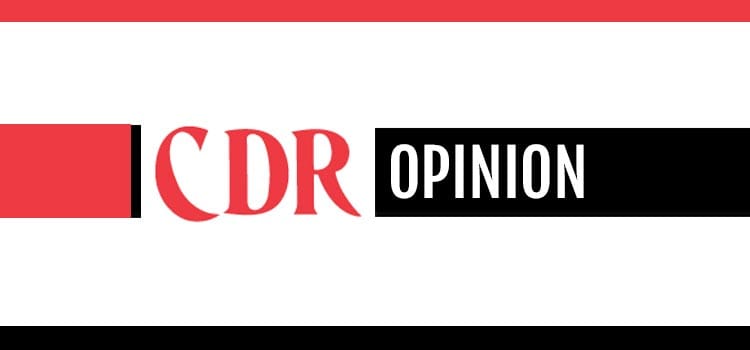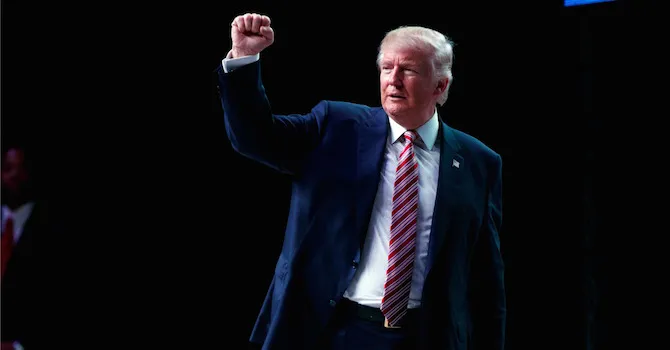
One of the more surprising aspects of the sad spectacle leading up to the election of a new president and new Congress in November is the lack of serious, sustained debate about health care.
When the Patient Protection and Affordable Care Act was signed into law by President Obama in March 2010, the nation embarked on the most sweeping changes in that sector since the advent of Medicare and Medicaid in the mid-1960s, and the years since the legislation’s major provisions took effect in 2014 have produced uneven results.
Legislators and policy makers on both sides of the aisle assert the ACA needs to be altered — a typical response following implementation of any legislation of such scope and ambition — but their ideas about what needs to be done diverge sharply.
Against that backdrop, one might reasonably expect that health care, which in one way or another affects every person in the United States and represents almost 20% of GDP — to be a high-priority issue.

While Democratic presidential nominee Hillary Clinton and Donald Trump, her Republican counterpart, have outlined some positions on health care during the 2016 presidential election campaign, neither of them has made the issue a centerpiece of their campaign. Talk about the future of the health care system is also strangely muted in congressional races.
The absence of engagement with the issue among politicians and their constituents’ seeming unconcern are particularly remarkable at a moment when the health care reform process is rapidly approaching a decisive turning point. The challenges that will await the next president and Congress are highlighted by recent developments.
On the plus side of the ledger, the Census Bureau reports that the uninsured rate has dropped to an all-time low of 9.1%, down from 13.3% in 2013, the year before the expansion of coverage brought about by the ACA occurred.
The success of what has come to be known as Obamacare in reducing the ranks of the uninsured would have been greater if some or all of the 19 states that have thus far chosen not to increase Medicaid access under the ACA had done so. But despite substantial progress in meeting one of health care reform proponents’ overarching goals, there are still 29 million Americans without coverage.
Issues related to the ACA become thornier when the focus shifts from access to costs, particularly as they relate to HealthCare.gov and the state exchanges where individuals without employer- or government-based insurance can buy coverage.
Several of the nation’s biggest insurers, including Aetna, UnitedHealthcare, Humana and some Blue Cross Blue Shield plans, have drastically scaled back their involvement in the exchanges, citing losses stemming from lower-than-expected enrollment and an imbalance of older, sicker beneficiaries who require extensive, often high-cost treatment, and younger, healthier ones. The reduction in the companies’ presence will leave consumers in many counties, perhaps as many as a third, with fewer options for 2017.
The Obama administration recognizes the risks that the disparity in the health status of enrollees and the retreat of major insurers represent, and it is taking steps to alleviate the problems. Health and Human Services Secretary Sylvia Burwell indicates that the government will launch a marketing campaign directed at the uninsured in an effort to get more of them, especially the young and healthy, to sign up for coverage.
That, in turn, will make it easier for the government to convince insurance companies to participate in the exchanges. If current trends go unchecked, the fear is that Obamacare could enter a “death spiral,” with health plans unable to offset the cost of care for sick patients with premiums from healthy ones.
Another unresolved problem is persistent health care inflation. Most companies that provide health insurance, whether in the private sector — where a majority of Americans still receive coverage — or through the exchanges, are seeking double-digit increases in premiums for next year, and many consumers face higher out-of-pocket costs for deductibles and co-payments. Overall health care expenditures, while advancing at a somewhat slower rate than before the ACA was enacted, continue to rise at a level that is more than three times the rate of economic growth.
It is clear that the next president will have to work with Congress to address those issues and put the nation’s health care system on a sustainable trajectory. If nothing is done, doubts about the long-term viability of the ACA will intensify and, as Martin Otto, chairman of the National Association of Chain Drug Stores and chief merchant and chief financial officer at H-E-B, recently pointed out, the government will find itself without sufficient resources to fund other critical programs in such areas as education and social services.
With so much at stake, it is disheartening that those who want to lead the country have focused their attention elsewhere.







